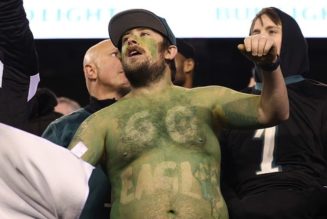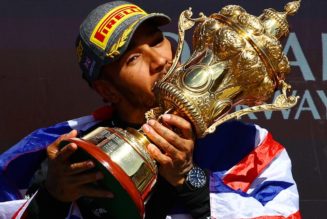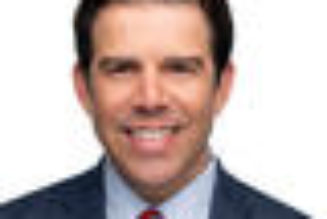Bhubaneswar, India – The ray of hope that the Indian men’s field hockey team saw during the 2020 Olympics in Tokyo when it defeated Germany on the way to winning a bronze medal was short-lived.
The enthusiasm and excitement with which India, the host nation, entered the FIH Hockey World Cup this year was extinguished on January 22 with a 5-4 defeat against New Zealand. India, ranked sixth in the world, put in a below-average show and finished ninth overall, tied with Argentina.
The exit is the latest in a series of blows for the sport in the country, which won eight Olympic golds from 1928 to 1980 (six between 1928 and 1956) and holds the overall record for the best performance at the Olympics with 83 victories in 134 matches.
After the disappointing World Cup showing, hockey commentators and enthusiasts have focused on the poor performances from the players and on the politics associated with the game.
The Indian team has not made it to the semifinals of a World Cup since it last won the tournament in1975. It failed to qualify for the 2008 Olympics. Host India was knocked out at the quarterfinal stage in the 2018 Men’s Hockey World Cup, which Belgium won, and this year, the team failed to make it to the quarterfinals.
“We are concerned about the team’s future and thus are now looking at addressing the issues and areas of concern for the Paris Olympics in 2024 and the upcoming Asian Games, which are Olympic qualifying games, this year,” Dilip Tirkey, Hockey India president and former captain, told Indian news agencies. “The key concern right now is the team’s limited exposure and lack of practice in open tournaments, which could help improve their game.”
He said the team failed to capitalise on one of its supposed strengths – ensuring scores from penalties. The team, led by captain Harmanpreet Singh, has received criticism for poor penalty corner conversions (five out of 26), inconsistent performances, losing the ball in key moments and a weak defence. Injuries to two key players, midfielder Hardik Singh and goalkeeper PR Sreejesh, did not help.
Substandard infrastructure
India’s southeastern state of Odisha – which has given the country some of its top hockey players, including Dilip and Prabodh Tirkey – hosted the World Cup for the second consecutive time. However, the state, while touted as the country’s home for hockey, is still far behind in terms of international-level infrastructure compared with other countries.
One of the key reasons for the decline of Indian hockey is the limited number of artificial grass pitches in the country, experts on the game said. Even though their numbers have increased to around 40 overall in India, including 17 in Odisha, in the past few years, there are far fewer of these pitches compared with European countries. The rise of the artificial surface puts Indians at a disadvantage because they grow up playing mostly on grass. Odisha plans to lay at least 24 more Astroturf pitches in the next few years, but some experts think this will still not be enough.
“The game changed after the introduction of the Astroturf in the 1970s,” says Sandeep Mishra, a senior sports journalist from Odisha. “It is more about speed, strength and stamina and less about skill. By the final quarter, our players seem fatigued and cannot sustain their tempo. India dominated world hockey when the game was played on grass and skill was the determining factor. We could not build enough Astroturf pitches in our country. Our players usually start their careers on grass and are introduced to Astroturf later.”
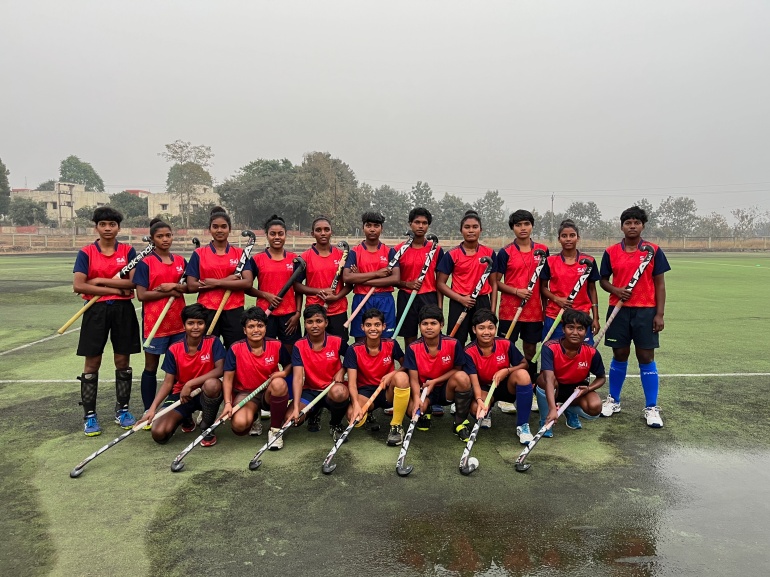
The state government introduced a school hockey programme in April, under which one school in each of the 30 districts has a hockey club with 25 to 30 members. These clubs play district-level hockey matches every Sunday. There are also sports academies in most districts that scout students from villages and train them in sports. Despite these efforts, the ground-level infrastructure remains lacking compared with other countries.
“The average longevity of a playing field is eight to 10 years, but the one in our academy was laid way back in 2007,” said Abraham Kispotta, head of the Hockey Academy in the Sundargarh district of Odisha. “It is in poor condition. We have written to the management several times, but there has been no improvement. Some of these girls are playing at state and national levels. How can they train on this turf? Amit Rohidas, the vice captain of the Indian team, was also trained at this academy.”
The Odisha government has been investing large amounts of money into building stadiums, sponsoring the national men’s and women’s teams, and jointly owning hockey clubs, but according to Mishra, the country needs to expose players to more competitive fixtures.
“We practice more and play less,” Mishra said. “The more tournaments, the better since there is no substitute for real match practice. The domestic tournaments have almost become negligible and fail to attract sponsors and spectators as our top players are retained in camps. I believe more competitions, at least an optimum number of domestic and international, will help improve our performance and also create a bigger talent pool.”
Some experts lamented frequent changes of coaching staff and debate whether foreign coaches have helped the game in India. Some said the traditional Indian style of hockey, which requires more skill in dribbling and dodging, is being neglected in favour of a more European style taught by foreign coaches.
“Europe-style hockey is like playing carom – more power and hits – whereas if you notice Dhyan Chand’s game, our traditional style requires more speed and less power,” said Chandrashekhar Luthra, a veteran sports journalist. “[It’s] best suited to our physique. So we are losing power there. Also, these Western coaches teach theoretical strategies that are difficult to comprehend for the players who come from small villages. Even with a translator, it is not the same.”
A well-rounded coach, Mishra said, could make or break the players and the game.
“It is most important to select a coach who understands not just the game but also the players, their psyche, their abilities and skills, and their intelligence and backgrounds,” he said. “The coach has to be given a reasonable tenure to deliver. In India, coaches are always blamed for the team’s bad performance and sacked too frequently. ”
After this year’s World Cup failure, Graham Reid, an Australian who helped the team win bronze in the Olympics, resigned as the India coach. This will now lead to another round of hunting for a coach to take the team into the Asian Games.
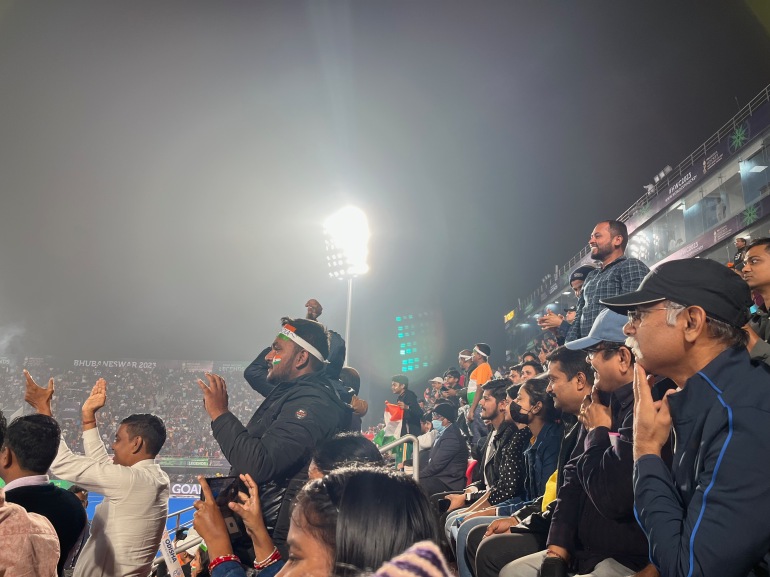
Failure to revive public interest
Questions have arisen about whether the continuing investment in hockey, which was once perceived as India’s national sport, is paying off. Odisha spent $8.2m to host the 2018 World Cup. The figure spent on the 2023 World Cup was many times higher at $130m, which included money spent for the construction of the largest all-seater field hockey stadium in Odisha’s Rourkela.
Some allege, however, that Odisha redoubling its efforts to boost hockey has made the sport state-centric.
“Hockey was a much appreciated and loved national-level sport until the late 90s, but due to politics and personal rivalries, the game was moved to Odisha,” Luthra said. “This move turned the game too regional- and state-centric as sponsors, mostly public sector undertakings, started going to Odisha.”
He said this trend slowly led to hockey being perceived as a regional or state game and led to less scrutiny of the game and the players.
“There are no more national leagues or academies, and thus the Indian hockey team, which once was at the top of its game, is now not even a powerhouse in Asia,” he said.
Services Marketplace – Listings, Bookings & Reviews


